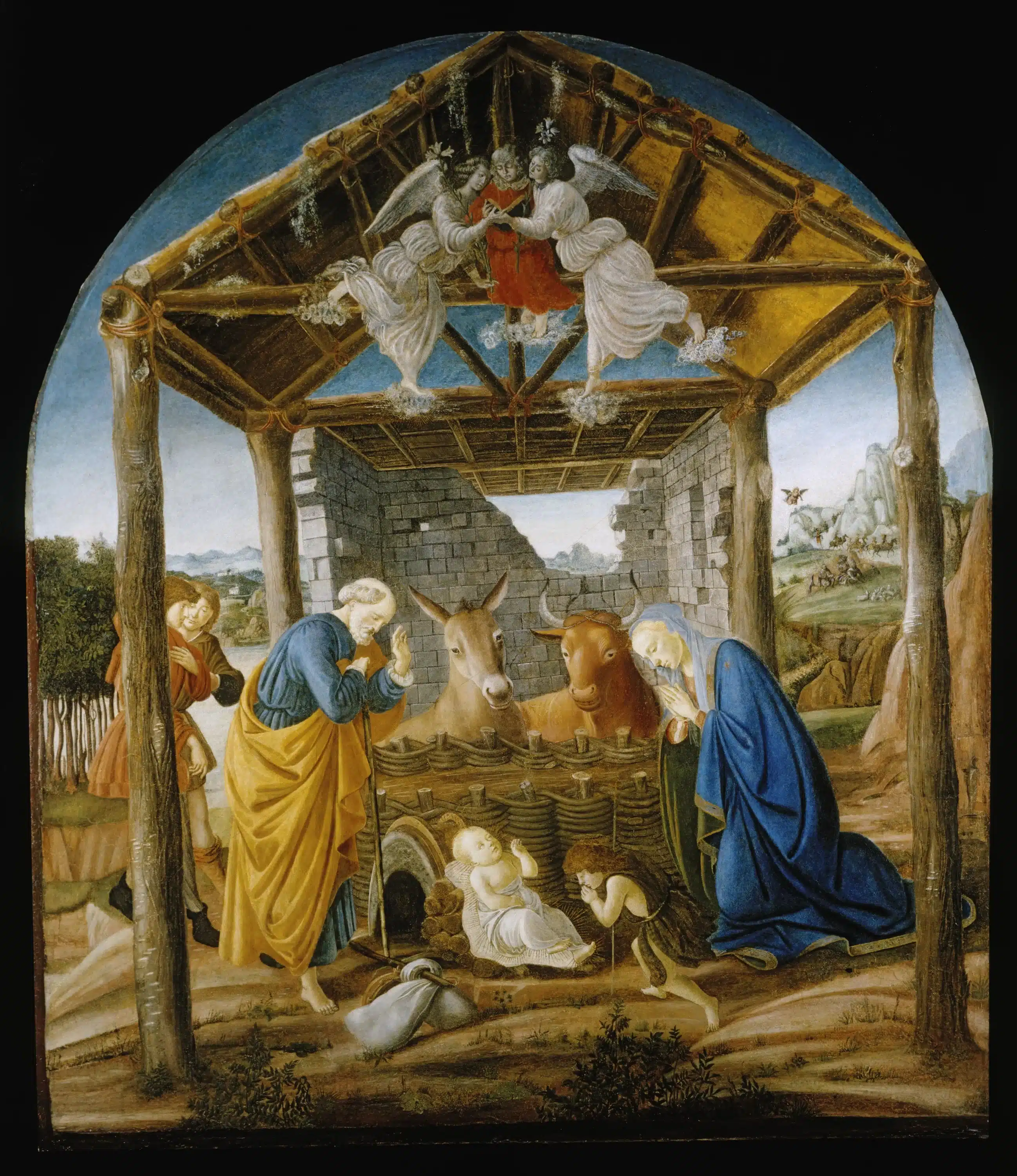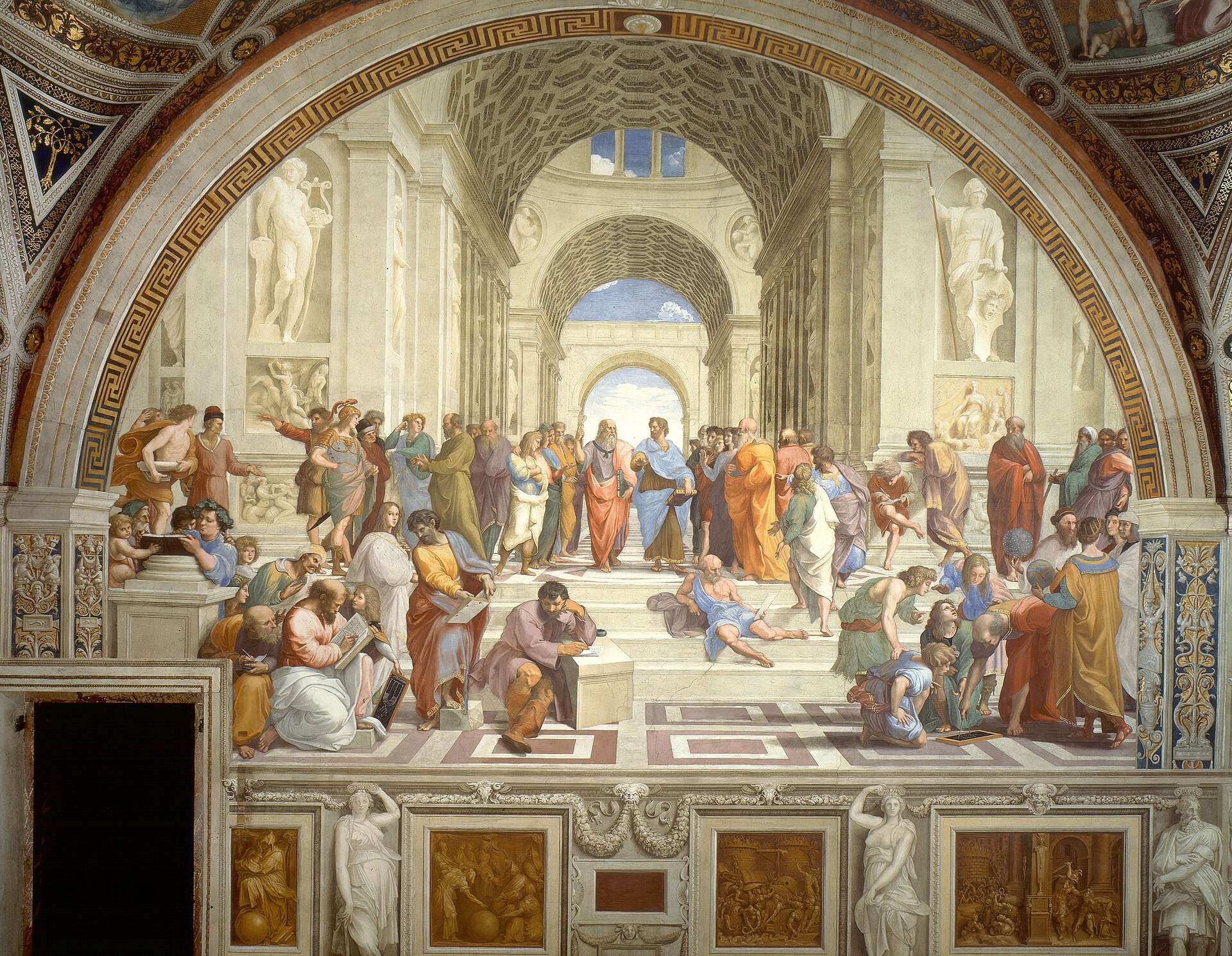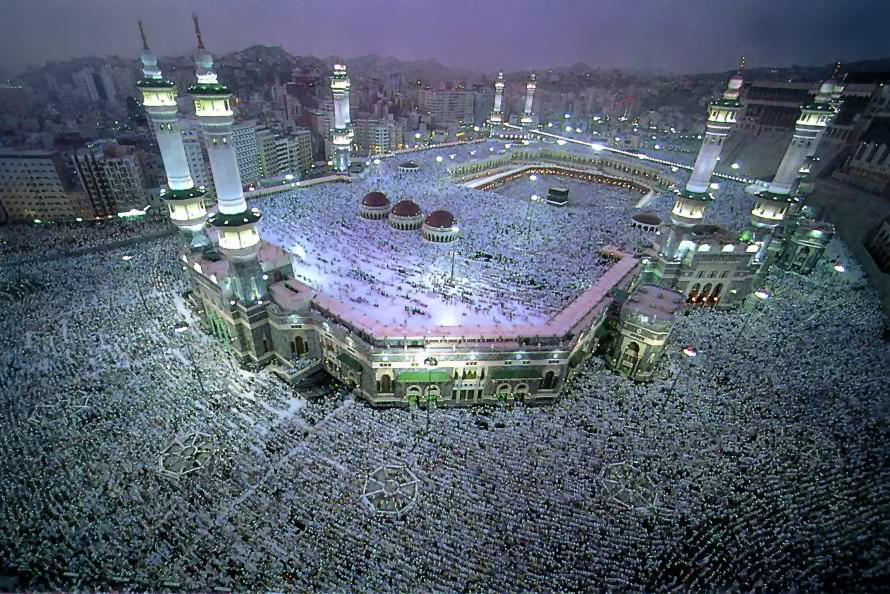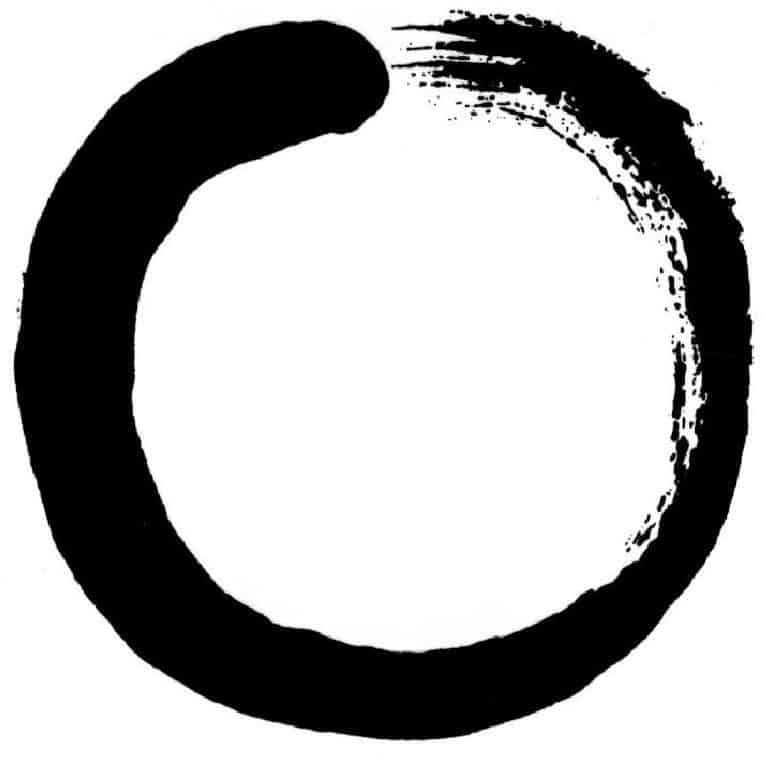The History and Origins of Christmas
Christmas is primarily a christian holiday to celebrate the birth of Jesus. However; it is speculated that the date of the 25th of December was chosen because it is exactly 9 months before the day of his conception, on March 25th which is the Spring Equinox. There is some evidence to suggest Jesus was actually born in December; however the sources aren’t very good[1]. Some believe that the celestial event of the star of Bethlehem, which could have been in June; or perhaps October[2]. The evidence isn’t clear, in my opinion. Generally Jesus is considered to have been born between 6-4 BCE because King Herod died in 4 BC.









